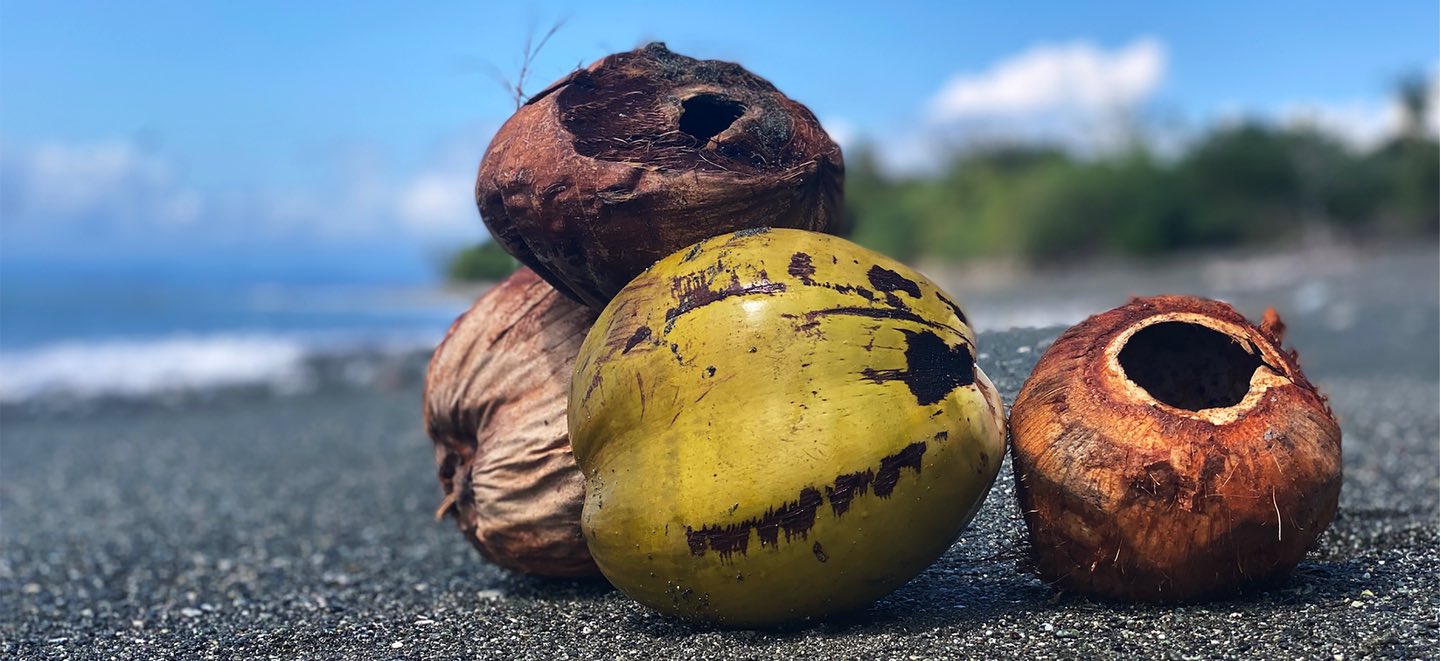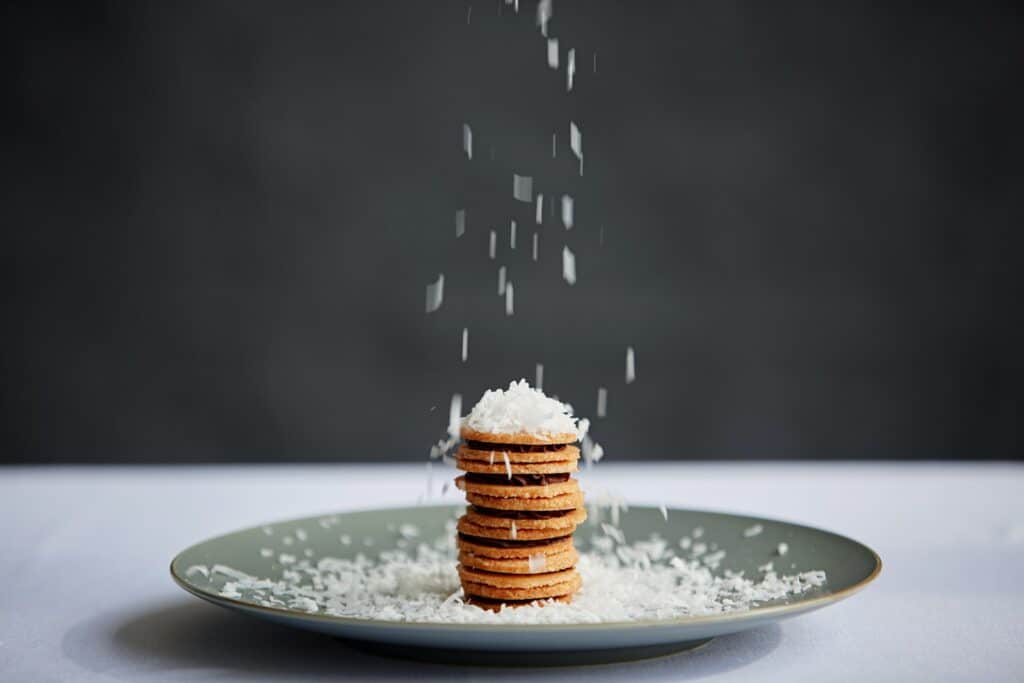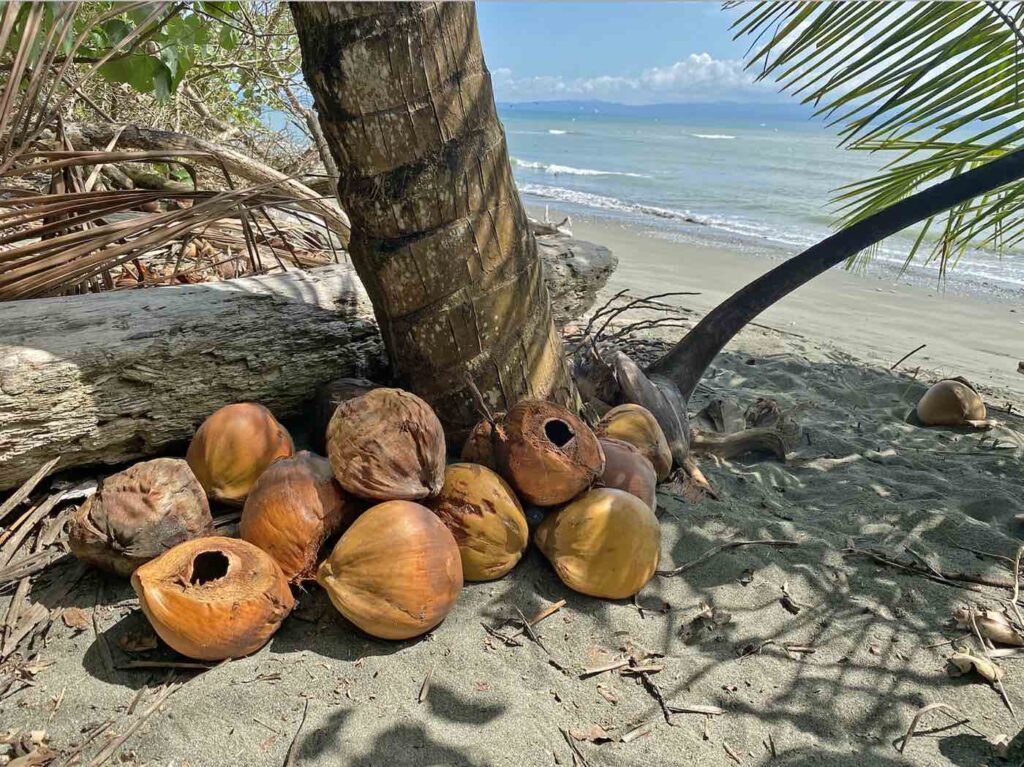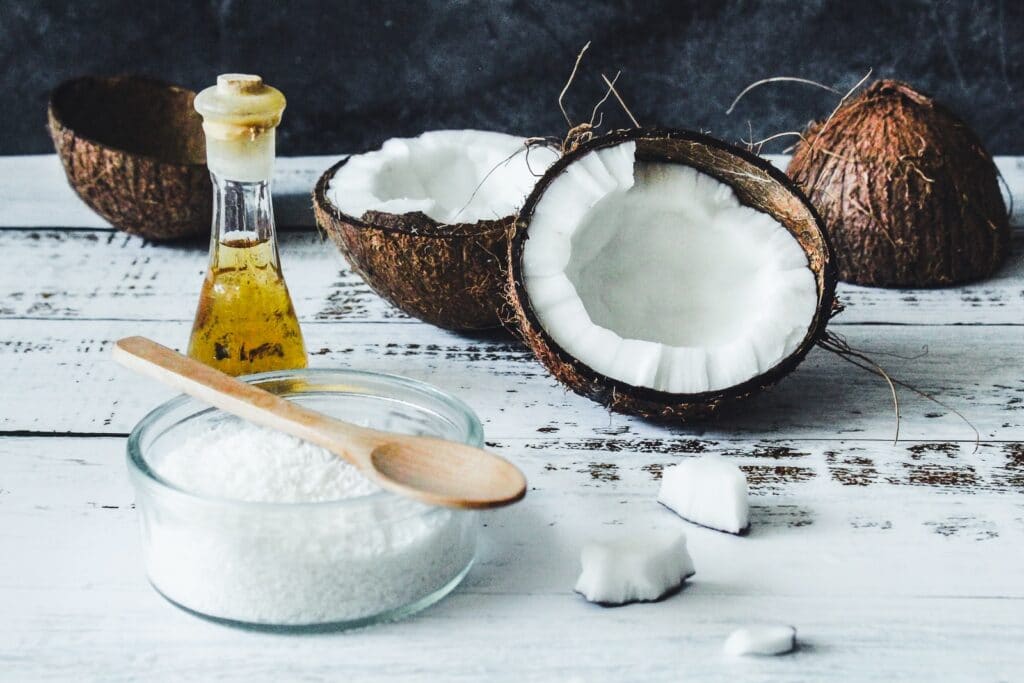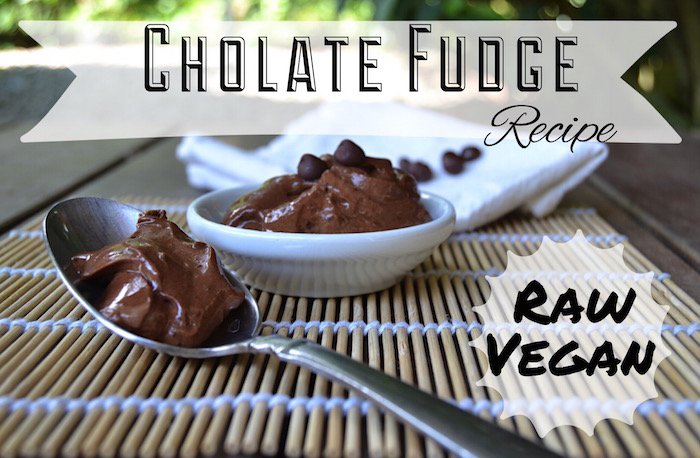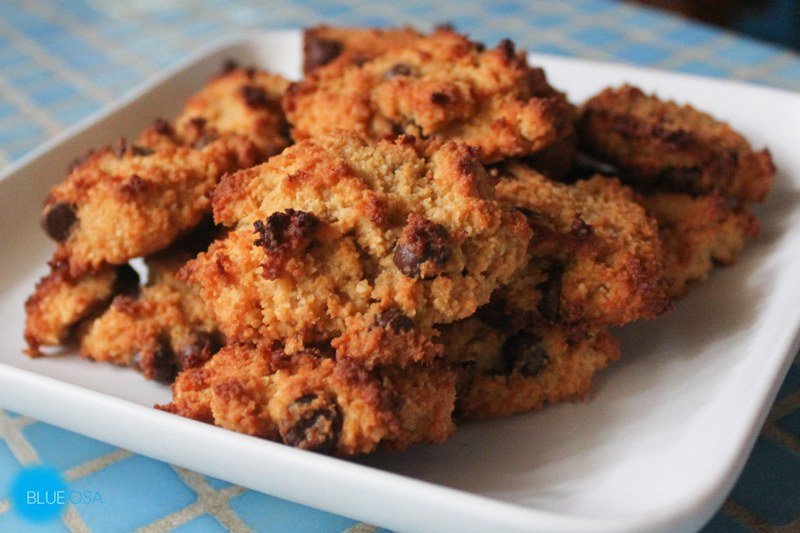There are many benefits of the multifaceted coconut. From slathering coconut oil onto your body for a nourishing moisturizer to drinking refreshing coconut water. You can even incorporate coconut flesh into your diet as a healthy added fat. So what do you do once your coconut water is gone? You don’t want to waste the many bonuses the coconut has to offer and want to find more ways to use your leftover coconut. Well, we are here to tell you!
If the coconut is young, the flesh should be soft and jelly-like. Almost transparent and easy to scoop out with a spoon. This coconut is green on the outside and is most often selected for people to drink out of. More mature coconuts will have whiter, thicker, and tougher flesh that you can use in more ways.
At Blue Osa, we use coconut milk as part of our farm-to-table cuisine. But there are also many other ways to get the most out of your coconut.
How To Use Coconut Shavings?
One of the most common ways to use your leftover coconut is to turn it into shavings. This method often finds its way into tasty desserts and treats.
To make the shavings, first, find an inexpensive hand-held coconut flesh scraper. Alternatively, you can use a blender. Some local markets have coconut grating machines to get it all out in seconds.
Sprinkle the shavings on your salad, soup, ice cream, or any kind of dessert. You could even bake some coconut muffins or incorporate them into your brownies.
To make sure your shavings stay fresh, store them in an airtight freezer bag to last up to 3 days.
Ways to use coconut milk
To take your coconut culinary skills a step further try making coconut milk by using leftover coconut shavings. Find a metal or glass container and combine an equal amount of boiling water and shavings. Then, leave this mixture for about 15 minutes. When time is up, pour the mixture through a cheesecloth or fine strainer and into a pitcher.
You can use coconut milk as an ingredient for dairy-free desserts. You can even freeze it into ice-cube trays. Or even try blending it with smoothies for a creamier taste. Many people choose to eat it along with cereals, fruits, and muesli. Coconut milk is also great for hair health! Take about four tablespoons of milk and massage it into your scalp. Leave this for about 10 minutes before rinsing it off. Store coconut milk in your refrigerator for up to three days.
How to make cold-pressed coconut oil
Creating cold-pressed coconut oil is another great way to use your old coconut. This process depends on the day’s temperature. If it’s warm, place your already made coconut milk in a pitcher and leave it in the refrigerator for 30 to 45 minutes.
If you are in a colder climate, you should be able to let it sit and will see the same results.
Once the time is up, a thin layer of white cream should form on top. Scrape off the cream and place it in an airtight glass jar for storage. The chunks will melt into coconut oil at room temperature.
Cold-pressed coconut oil is safe to ingest so use it to fry food or as salad oil. You can even try drinking one to two tablespoons a day for better health. For oil pulling, swish it around your mouth and gargle for at least five minutes. If you would like some further instructions to see exactly how cold-pressed coconut oil is made, check out this video!
How to make coconut oil at home
To create coconut oil, place the coconut milk in a metal pan and bring it to a slow simmer. The heat will cause the oils to separate from the mixture which you can then scoop out and transfer into a glass bottle or jar. You’ll be able to get more oil from this heat-induced method. The golden-brown fragrant product is perfect for massage or tanning oil.
Try massaging the oil into your scalp and leave it on for 10 minutes overnight for a healthier scalp and shinier hair. Another unique use of coconut oil is to polish wooden furniture and floors. A few drops of oil will make your home extra shiny.
At Blue Osa, our delicious raw vegan fudge uses coconut oil as the main ingredient – definitely worth a try!
BONUS: 5 Sexy Acts
Coconut oil can even is often used to improve your sex life! We have come up with a list of how to use coconut oil in 5 sexy acts. 😅 From increasing your sex drive to even using it as a natural lubricant. Say goodbye to synthetic liquids and hello to a more organic way of sweetening up your life.
How to make coconut flour
Save the wet pressed shavings to make your very own coconut flour. With a fork, distribute the clumps evenly on a baking sheet. Leave out to dry for 24 hours. If you’re in a bit of a rush, leave in the oven with the oven light on, dehydrate or bake at the lowest setting before it changes color. When the coconut flakes have dried out, transfer them into a blender and enjoy!
Taste Blue Osa’s Gluten-Free Coconut Cookies.
What to do with leftover coconut shavings
If you have any pressed shavings left, you can use them in the shower for a great natural body scrub! Take a small handful and massage the shavings all over your body. This will remove old skin cells and reveal fresh and healthy-looking skin.
So far, this is the best gentle body scrub I’ve ever tried!
How to use coconut as compost
And when you think you have used as much of the coconut as you can, there’s more! Pressed coconut shavings are a natural fiber so they are great to incorporate into your compost. They make an amazing fertilizer – even the plants can enjoy the coconut.
How to repurpose coconut husks
If your coconut still has the husk on it, make an Asian-style bunot to polish wooden floors beautifully. Drop some coconut oil or floor wax onto the wooden floor, and using one foot, polish away! Did you know that coconut husks can replace wood and save thousands of trees!
There are so many ways to be creative with the coconut and these are only some of the ways that you can get the most out of your coconut!


